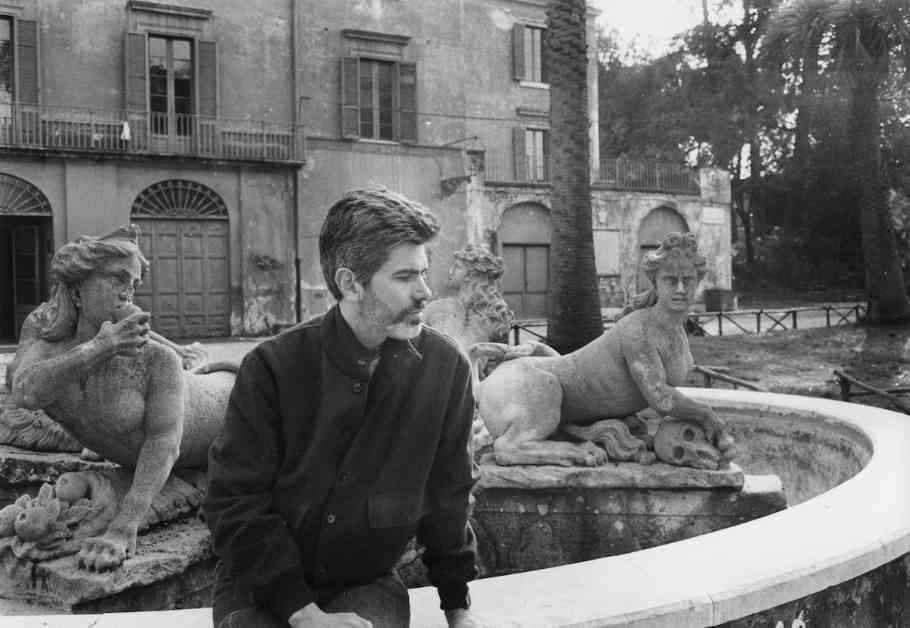Mel Bochner, a pioneer in the world of conceptual art, passed away on February 12 at the age of 84, leaving behind a legacy that challenged the conventional boundaries of language and art. Known for his innovative approach to art-making, Bochner was a key figure in the Conceptualist movement of the 1960s and ’70s. His work, which often incorporated measurements, numbers, and words, pushed viewers to reconsider the very nature of art itself.
Bochner’s early pieces, which featured photocopied drawings and text, were a departure from traditional notions of visual art. Rather than focusing on aesthetic beauty, Bochner’s work invited viewers to engage with art on a conceptual level, encouraging them to think beyond what they saw. Over time, his practice evolved to include paintings with stenciled words, such as the recurring motif of “BLAH,” which humorously underscored the limitations of language.
One of Bochner’s most famous phrases, “Language is not transparent,” encapsulated his artistic philosophy, emphasizing the complexity and ambiguity of communication. This sentiment served as a guiding principle for Bochner throughout his career, influencing both his artwork and his critical writing. In a 1973 review, Bochner famously critiqued Lucy Lippard’s seminal book on Conceptualism, challenging the conventional wisdom surrounding the movement.
Born in Pittsburgh, Pennsylvania, in 1940, Bochner’s upbringing in a Jewish family would later influence his art, with Yiddish vernacular finding its way into his word paintings. After studying art at the Carnegie Institute of Technology, Bochner moved to New York in 1964, where he embarked on his artistic career. His first job as a guard at the Jewish Museum provided him with an opportunity to immerse himself in the city’s vibrant art scene, eventually leading to his role as a teacher at the School of Visual Arts.
Bochner’s breakthrough exhibition, “Working Drawings And Other Visible Things On Paper Not Necessarily Meant To Be Viewed As Art,” marked a turning point in his practice, signaling a shift away from traditional painting techniques. By showcasing photocopies of his friends’ drawings, Bochner challenged the notion of originality in art, highlighting the importance of conceptual ideas over physical manifestations.
Throughout his career, Bochner participated in numerous exhibitions and collaborations, cementing his reputation as a leading figure in the art world. His work, which has been the subject of several retrospectives, continues to captivate audiences with its blend of accessibility and intellectual depth. Despite the conceptual complexity of his art, Bochner remained committed to the process of discovery and experimentation, embracing the unknown as an essential part of the artistic journey.
In reflecting on his creative process, Bochner once remarked, “I work by making up hypotheses, ‘What would happen if…’ and then working through the contradictions as they come up.” This spirit of inquiry and exploration defined Bochner’s approach to art, inspiring generations of artists to push the boundaries of what is possible. As we mourn the loss of a visionary artist, we celebrate the enduring legacy of Mel Bochner, whose words and images continue to challenge and inspire us today.












